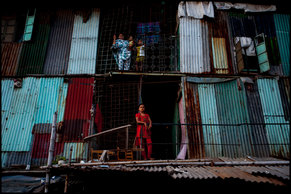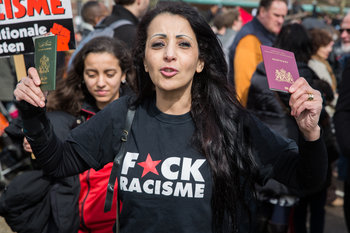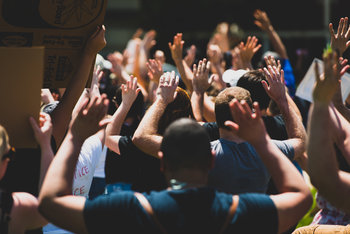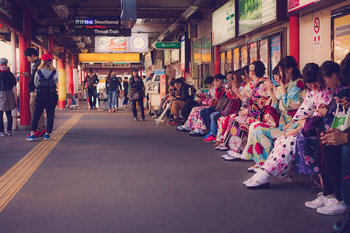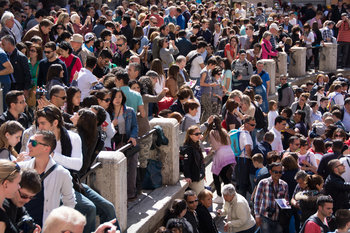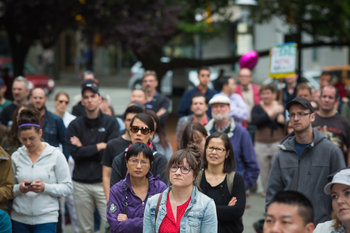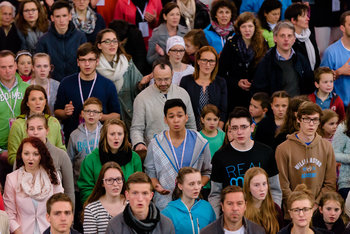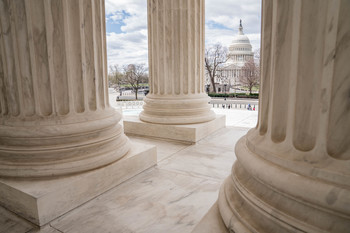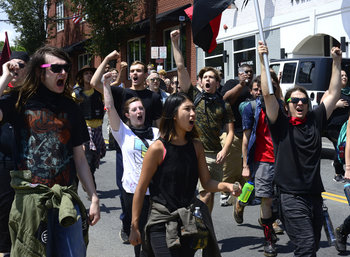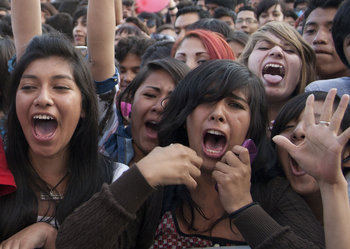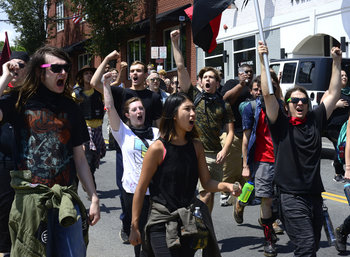Racial discrimination | Ethnic discrimination |
Age discrimination | Religious discrimination |
Gender discrimination | Disability discrimination |
Language discrimination | Socioeconomic discrimination |
Appearance discrimination | Health status discrimination |
Mental health discrimination | Political affiliation discrimination |
Citizenship status discrimination | Family status discrimination |
National origin discrimination | Pregnancy discrimination |
Sexual orientation discrimination | Marital status discrimination |
Veteran status discrimination | Genetic information discrimination |
Detailed Examples
The following are illustrative examples of discrimination.Police who unfairly target individuals based on their race. | A student who is harassed by peers due to their ethnicity. |
A coworker who harasses a teammate after they become pregnant. | A landlord who won’t rent to single mothers. |
A hiring manager who won’t hire anyone over 40. | A student who is ridiculed for their socioeconomic status. |
A nightclub that excludes people based on their appearance. | A neighbor who is hostile to a family because they are immigrants. |
A flight attendant who is unfriendly to a Mandarin speaking customer. | A shop employee who avoids serving customers based on their appearance. |
A manager who prefers hiring candidates who are married. | A healthcare worker who makes assumptions about a patient’s lifestyle based on their race. |
A waiter at a restaurant who is unfriendly to a customer wearing traditional clothing. | Classmates who socially exclude a classmate with a disability. |
A fashion company that has an unspoken rule that they will only hire slim people. | A food retailer that builds locations only in predominantly white neighborhoods. |
A company employee who rejects a proposal from a supplier based on the LGBTQ+ status of a salesperson. | A judge who heavily favors a particular gender in family court proceedings related to parental rights. |
A repair person who generally charges women more. | A teacher who systematically gives higher grades to one gender over another due to a bias. |
A landlord who doesn’t respond to inquiries from someone based on their language accent in a phone message. | A real estate agent who shows a couple low grade and unpopular properties due to their race or perceived socioeconomic status. |
Levels of Discrimination
Discrimination can impact individuals or entire groups. This can be based on the prejudices of a individual or can be built into systems.Interpersonal Discrimination
Discrimination in social interactions such as a disabled person who is sidelined and excluded by peers at work or school.
Individual Discrimination
Unfair treatment of a person based on their attributes such as race, appearance or affiliations. For example, a particular manager who doesn’t hire someone because of their weight.
Systemic Discrimination
Institutions, policies, processes and practices that perpetuate discrimination against certain groups of people. For example, light penalties for crimes of the upper class and severe penalties for crimes related to poverty.
Structural Discrimination
Structures of society that create systemic discrimination. For example, a justice system based on laws that unfairly impact a particular ethnic group.
Discrimination vs Prejudice
Discrimination specifically relates to unfair actions, decisions and treatment of people based on their identity and other characteristics such as perceived social status. Prejudice goes beyond this to include thinking that is biased and unfair.| Overview: Discrimination | ||
Type | ||
Definition (1) | The process of making unfair or prejudicial distinctions between people based on aspects of their identity, status or characteristics. | |
Definition (2) | Unfair actions, decisions and treatment of people based on their identity and other characteristics such as appearance. | |
Related Concepts | ||




